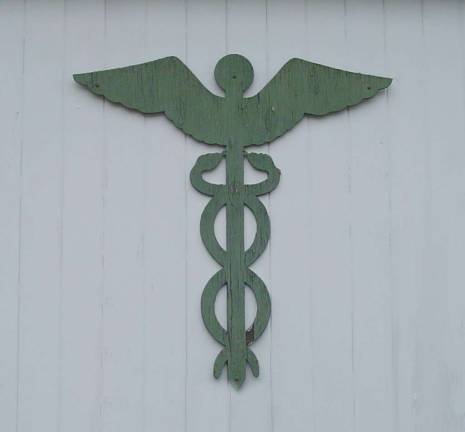Calling 911 Can Cost

Know what your insurance says about emergency care It's a comfort to know that if you ever have a medical emergency you can call 911 and someone will come and help you. But what about after the crisis is over and the bills come in? What does your insurance say about emergency care? According to Michelle Leone, senior vice president for revenue cycle operations and managed care for Continuum Health Partners - which operates Beth Israel, First Avenue at 16th Street, and St. Luke's-Roosevelt Hospital, 59th Street and 10th Avenue -- the cost of an ambulance ride to the hospital can range from $500 to $1,300 depending on the level of care given. For 2013, Medicare reimburses between $392 and $700 of that cost. NY Medicaid pays between $140 and $200 per trip. Everyone else will save themselves surprises if they check their health care plan to determine what kind of emergency coverage they have before they face a crisis. However, there are cases in which Medicare and Medicaid could leave you footing the bill. According to their guidelines, if you direct the ambulance to take you to a different hospital than the one that is closest to the scene of the emergency or if you use an ambulance to move from one facility to another for convenience, you could be liable for all or part of the bill. Private insurance coverage for emergency care varies. Arthur Levin of the Center for Medical Consumers based in New York City, said health insurance consumers should know ahead of time what their insurance plan says about emergency care. "In advance [people] should probably be aware of what the limitations of their policies are," said Levin. "That way they have a leg up on not getting trapped in being billed a lot of money for something that isn't a covered benefit." Levin mentioned the existence of legislation in New York and other states that has what are called "prudent layperson guidelines," which stake out when an insurance carrier must pay for emergency care. Leslie Moran, a spokesperson for the Health Plan Association of New York, said the guidelines mean that "an ordinary person with an average knowledge of medicine believes that not getting immediate medical care would cause serious health problems or damage the person." The legislation compels insurance companies to pay for such emergency care if they meet the prudent layperson criteria. For example, if a person with chest pains who thinks he is having a heart attack calls an ambulance to go to the hospital he must be covered by his insurance plan under the law even if it turns out not to be nothing. Moran said NYS law requires insurance companies to include emergency care coverage in their plans and that ambulance trips to the hospital are generally included in that coverage. However, the deductible fee for emergency care varies across providers and she recommends that people understand what fees are associated with emergency care under their plans. New York City has a variety of ambulance services, from the FDNY to private companies and those run by the city's hospitals. What each of the services have in common though is a unit designation that tells the city's Computer Assisted Dispatch system where they are at all times. When a call for an ambulance is made, the CAD system automatically identifies the closest ambulance - taking into account the type of emergency to make sure the ambulance that responds has the necessary equipment - and dispatches them to the location. Patients who are picked up by an ambulance have a choice of where they are taken, with a few exceptions. According to John Samuels, administrative director for emergency medicine at Beth Israel Hospital, patients who are capable of choosing their destination hospital may do so as long as the distance to their choice hospital does not exceed ten minutes past the time it would take to get to the nearest hospital. For example, if the nearest hospital is three minutes away the patient may be transported to a different hospital as long as it is 13 minutes away or less. A patient would also have no choice of where they're transported if they meet certain criteria - for instance a burn or stroke victim - and will be transported to the nearest hospital that specializes in treating those cases. "EMS (Emergency Medical Services) always tries to take patient preference into account when taking them to the hospital," said Joseph Raneri, Emergency Preparedness Coordinator for the Regional Emergency Medical Service Council of NYC. [caption id="attachment_65291" align="alignright" width="300"](http://nypress.com/wp-content/uploads/2013/07/CostofCalling911-0725-PhotobyJasonKuffer.jpg) Photo by JasonKuffer[/caption] Patients usually prefer to be taken to the hospital where their doctor works, said Raneri, which makes the admitting and records process that much easier. However, there are protocols that all NYC EMS operators must follow depending on what a patient is suffering from. "There are times when medical protocol overrides [patient preference] because it's such an emergency that this patient just needs to get into a hospital."